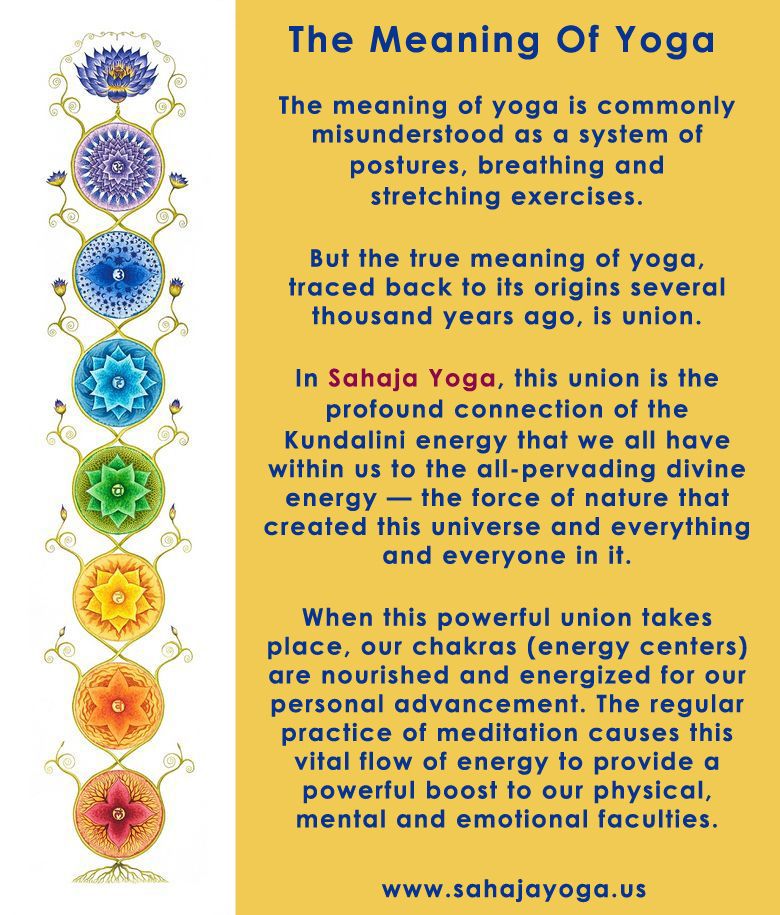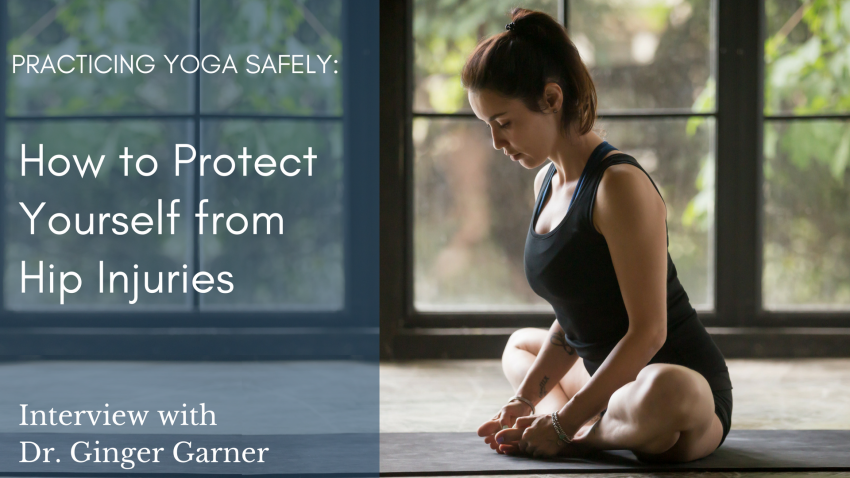
Meditation has many benefits. Meditation is a great way to reduce stress, increase concentration, strengthen the immune system, and lower anxiety. Below are five of its most significant benefits. You can start by listening to your body for five minutes. Relax your body, and sit down comfortably. You can focus your attention on your breath and redirect your attention to it whenever you are distracted. The easiest way to get started is to simply breathe. But if your attention gets distracted easily, you could count your breaths from 1 to 100.
Reduces stress
It is better to meditate for five minutes each day than you do once a week. For beginners, it is best to sit down, close your eyes and focus on your breathing. It doesn't matter if you aren't a good at meditation yet. You can start to see results after a few weeks of practice. Meditation helps reduce stress in many ways, and can benefit a variety of health conditions.

Concentration improvement
Regular meditation can improve concentration and memory. Meditation has been around for thousands of years, and requires no expensive equipment or extensive training. The best thing about meditation is its cost-free nature. It takes only a few minutes to notice a change in your performance. Additionally, there are many other benefits. These are just some of the benefits. These techniques increase your brain's ability to focus and remember information.
Immune system strengthening
UCLA research shows that meditation is a good way to boost your immune system. Researchers compared the experiences of fifty HIV-positive people to those who did not meditate. Meditation was found to increase CD-4 cell activity. CD-4 cells communicate with other cells and are responsible for the immune system. Meditation has been shown by patients with HIV/Breast Cancer, Colitis, and HIV to increase their T-Cells.
Reduces anxiety
One or two aspects of meditation are best to focus on if you want to learn how you can meditate to reduce anxiety. You can start by sitting comfortably. You can feel the ground under your feet if your back and legs are relaxed. Next, try to focus on the sounds and sights around you. Focusing on these elements can help you explore anxiety's details. You can also explore the way your body reacts to situations that trigger anxiety.
Enhances working memory
Meditation has many benefits for working memory. Your brain's most important function is working memory. Writing and reading require that you connect information you already know. Meditation keeps your working memory sharp by helping you to stay present in the moment. It's also beneficial for those who have ADHD, a condition that has been linked to a poor working memory. Meditation can help you improve your memory and keep you calm and focused.

Stress reduces the effects of aging
Studies show that meditation can increase creativity, memory, and motivation. They also found that the brains of people who practice meditation regularly had larger and more gray matter than those of non-meditators. This is promising news for those who are concerned about the impact of stress on their health. Meditation promotes healthier lifestyles which are vital for graceful aging. How can meditation help you keep your mind healthy and vibrant?
FAQ
What happens if I stop practicing yoga?
It is normal to lose interest after a while. Yoga may cause stiffness in your body if you stop regularly practicing it. Stiffness can be caused by lack of exercise, poor posture, or simply aging.
Consider retaking some classes if you find the flexibility to be less than ideal. Keep up with your daily activities. Exercise is good for your bones and muscles. Make sure you get enough sleep, and eat right.
What are some of the best yoga mats available?
There are many kinds of yoga mats. You can choose one based upon its price, size, and durability.
A quality mat is thick enough to protect your floors from scratches, but thin enough that it can be moved quickly.
You may find that a cheap mat does not provide enough support.
Is yoga a sweaty sport?
It all depends on what type of yoga you are practicing. Vinyasa flow or power yoga involves a lot more jumping, twisting, turning and turning. Because of this, people often sweat heavily while practicing.
In contrast, Hatha yoga focuses on poses like forwarding bends and twists. The poses aren’t particularly strenuous so practitioners won’t experience excessive sweating.
Who would get the greatest benefit from yoga?
Yoga's target market is anyone who wants to have a better quality life through improved health and fitness. People who are looking to improve their balance, flexibility, and posture.
They might also be looking to gain or lose weight. They might be interested in reducing stress, anxiety, or achieving peace of thought.
People with disabilities include arthritis, back problems, asthma, diabetes, heart disease, high blood pressure, insomnia, migraines, obesity, osteoporosis, rheumatoid arthritis, and spinal injuries. These people are especially benefited by yoga.
Are yoga mats expensive?
A high-quality, high-quality yoga pad costs between $20 and $100, depending upon its size and the type of material.
Statistics
- About one in seven U.S. adults practiced yoga in the past 12 months, according to a 2017 national survey. (nccih.nih.gov)
- Gentle yoga has been shown to ease some of the discomforts of tender, swollen joints for people with arthritis, according to a Johns Hopkins review of 11 recent studies. (hopkinsmedicine.org)
- According to the Agency for Healthcare Research and Quality, falls are incredibly common among older adults in nursing facilities. Even the simplest ones can increase the risk of death (24). (healthline.com)
- In comparison, a 125-pound person is estimated to burn 135 calories in 30 minutes of walking (at a pace of 15-minute miles) and 210 calories bicycling at a moderate pace on a stationary bike. (everydayhealth.com)
- Start your Fall off right with 20% off All Access Membership when you sign up by 9/25! (corepoweryoga.com)
External Links
How To
Yoga can help menopause symptoms
Yoga, an ancient practice, originated in India. It focuses primarily on stretching, breathing and meditation. It has been used for thousands of years to keep fit. As people search for other ways to stay active and healthy during stressful times, this has been gaining popularity.
Yoga is based on the use of physical postures (asanas), that stretch muscles, improve posture, and increase flexibility. This helps to reduce tension and build strength.
There are many kinds of yoga. Each type focuses on specific aspects of the body, such as breath, stretching, and relaxation.
All forms of yoga aim to bring about balance in the mind and body. Yoga benefits include better fitness, better sleep quality as well weight loss.
Several studies have shown that yoga may be beneficial for treating conditions such as depression, anxiety, and insomnia. It isn't clear if yoga can be used to treat other health issues, such as symptoms related to menopause.
Yoga helps you feel happier, healthier, and more fulfilled. It also teaches you how relax and manage stress situations. These skills could prove useful when you are going through menopause.
Yoga can cause muscle soreness, so it is important to start at a low intensity level. Talk to your doctor if you have any questions about your condition or are uncertain if yoga would be beneficial for you.